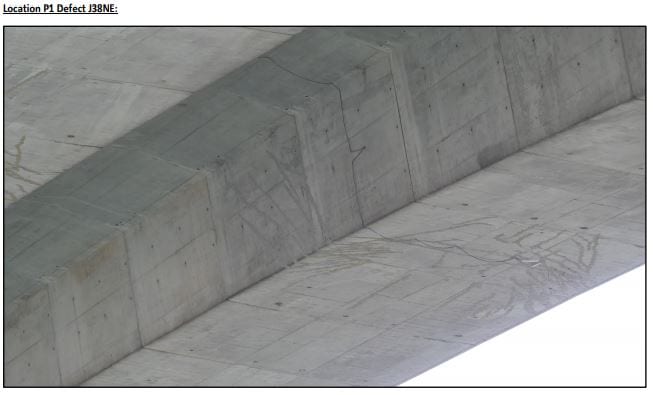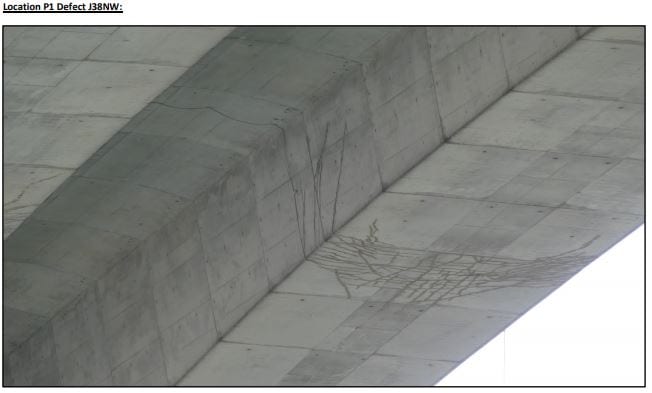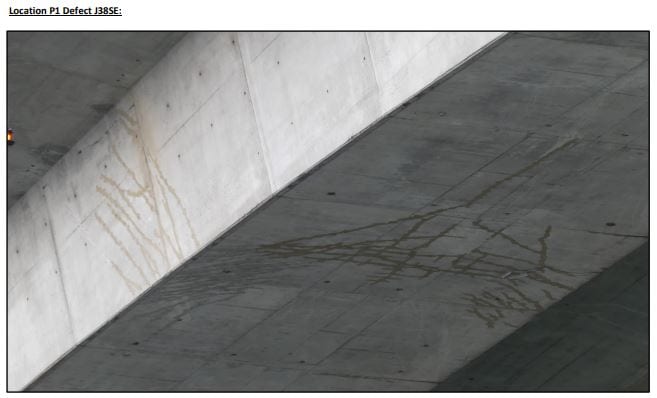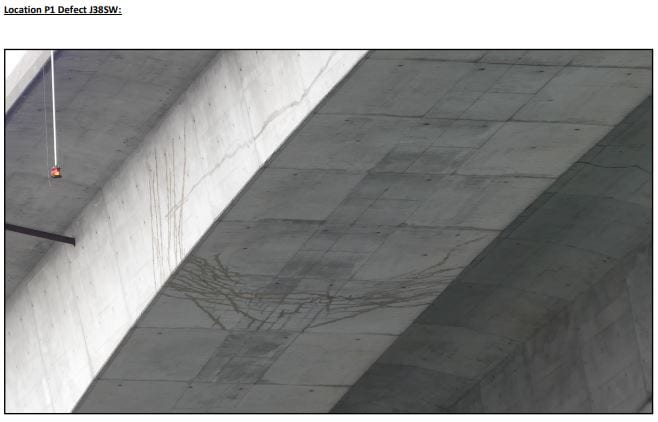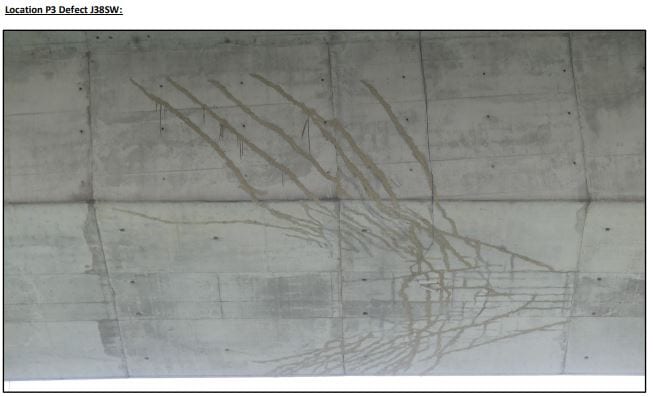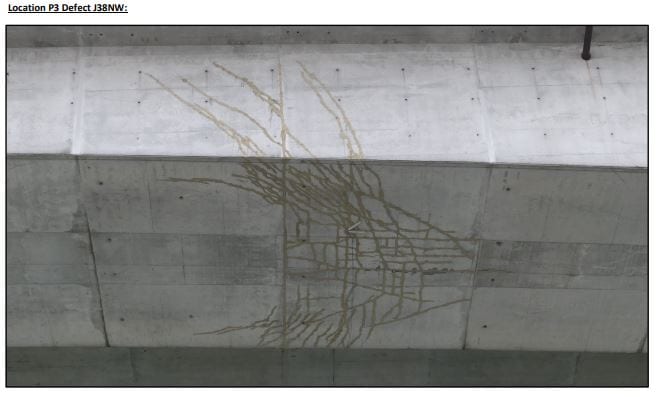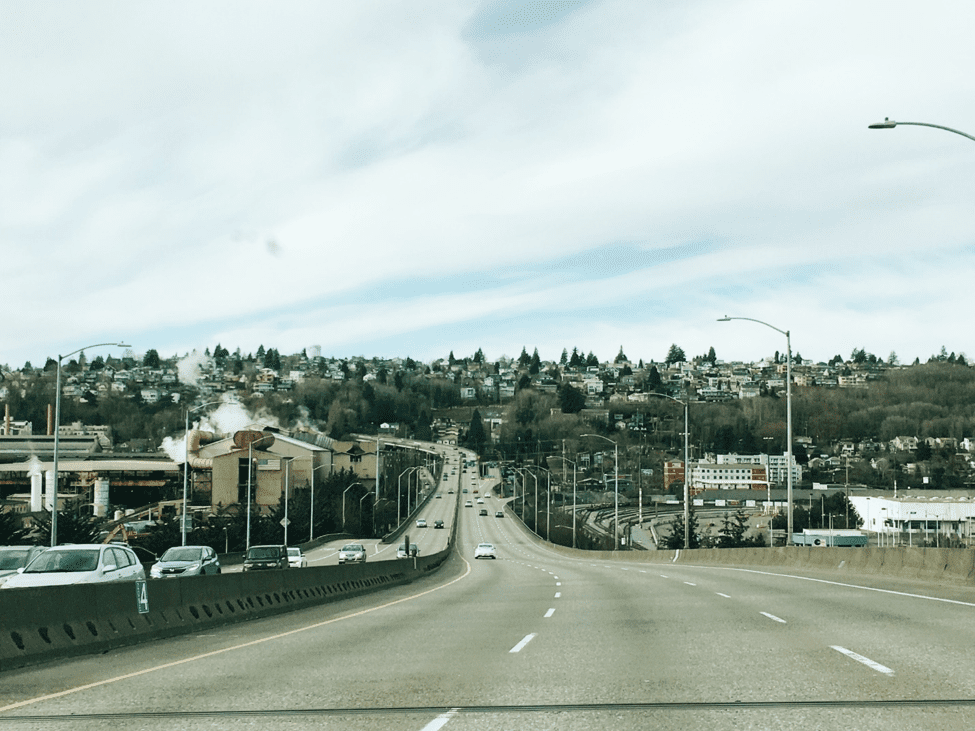 Caption: West Seattle Bridge looking west.
Caption: West Seattle Bridge looking west. The Seattle Department of Transportation (SDOT) does not take chances when it comes to public safety.
That’s why, on Monday, March 23, we closed West Seattle High-Rise Bridge to all traffic and are redirecting the traveling public.
During our shared effort to combat the public health crisis caused by COVID-19, it’s especially important we do all that we can to make sure that our first responders, freight delivering critical supplies, and transit have rapid access to and from West Seattle. That’s why we’re redirecting vehicular traffic from the lower bridge and on to alternative routes.
We recognize how essential of a route this bridge is for so many Seattle residents, and we did not make this decision lightly, but ultimately we prioritize safety above all else.
We regularly inspect our bridges. The events of the past few days is a notable example of why those efforts are critical and why we take this responsibility so seriously.
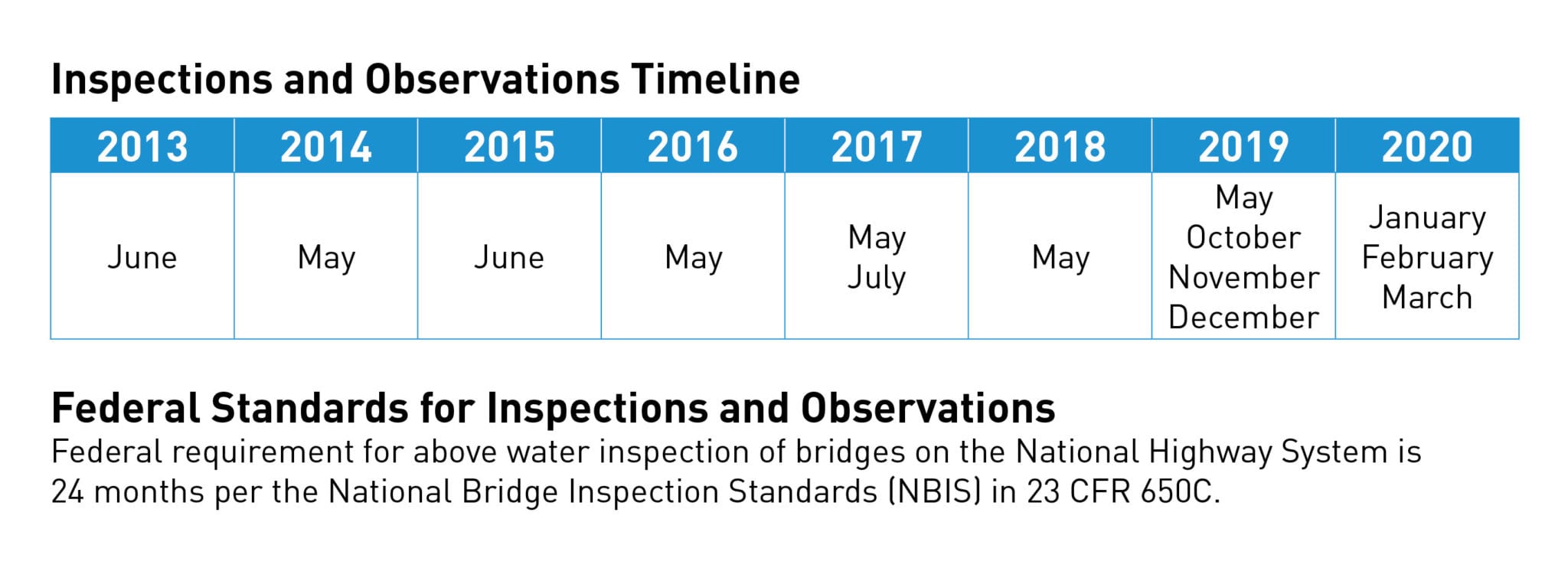
During a 2013 routine inspection of the West Seattle Bridge, our bridge inspectors discovered four sets of cracks in the bridge support structure. We’ve inspected the bridge every year since then; twice as frequently as required by federal guidelines.
Since then, we’ve closely monitored and managed the cracks. In 2014, we installed real-time data collection equipment to aid in these efforts, which allowed us to remotely monitor the width of existing cracks on the bridge. At this time, we also began conducting more frequent inspections and implementing best-practice maintenance and repairs. Those annual inspections did not indicate a need for repairs that would significantly disrupt standard use of the bridge.
During a 2019 assessment of the bridge’s ability to carry heavy loads, our structural engineering consultant remapped the cracks in the bridge and discovered that they had grown since the previous year’s inspection.
We and our engineering consultant continued to closely monitor these cracks, carry out critical maintenance by injecting epoxy into them to protect the steel reinforcements, and develop contingency planning for shoring up the bridge to ensure normal operations.
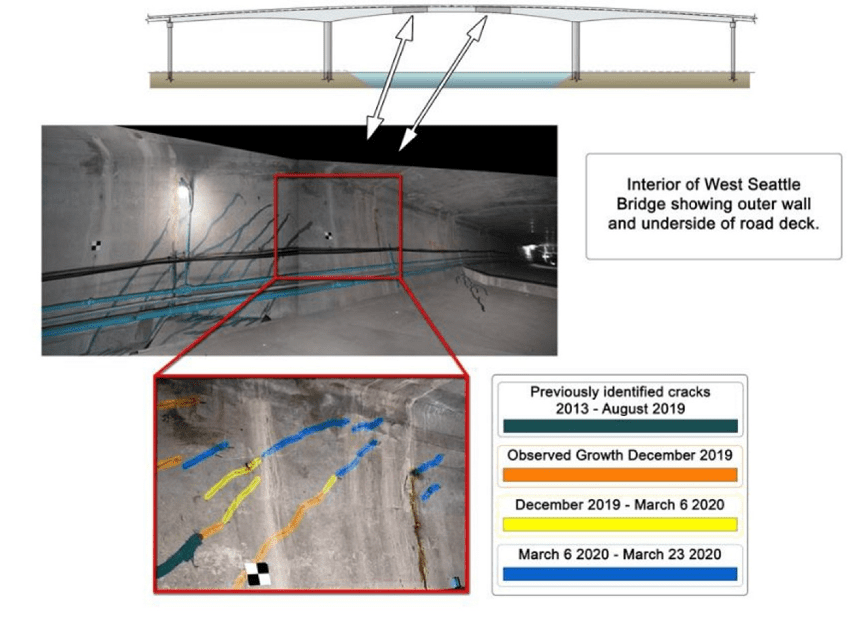
In late February, our engineering consultant recommended that the rate of deterioration made it necessary to consider traffic restrictions to ensure public safety.
Late last week, before we could begin to draft a lane-reduction plan and initiate conversations with City leaders and the community, our structural engineering consultant notified us that they had conducted new analysis raising larger concerns.
We conducted several observations over the next few days and on Monday we found significant new cracking. This confirmed that cracking had rapidly accelerated to the point where there was no other option but to immediately close the bridge.
While our team of technical experts work tirelessly to assess our current status and what the right path forward is for the bridge, we’re not sitting idly by.
To help ease traffic congestion and improve safety during the closure, we will take swift action.
The closure of the West Seattle High-Rise Bridge will result in changes in routes for thousands of people. This will increase traffic pressure in important locations. Throughout the closure, we will actively work to manage traffic and make improvements to safety and operations throughout the affected area.
For example, the intersection of Highland Park Way SW and SW Holden Street has been an area that we have prioritized for safety investments and will likely see increases in traffic as a result of the West Seattle Bridge closure and traffic reroute over the First Ave bridge.
We’re installing a temporary, 4-way traffic signal and making pedestrian and bike improvements to help ease traffic congestion and improve safety. We’re currently working through the design and timeline for these improvements and plan on installing the signal as soon as possible.
The temporary signal will be in place for as long as the West Seattle bridge is closed or until permanent safety improvements are made to the intersection.
While we finalize the design and installation timeline for the temporary signal, please continue to drive slowly on Highland Park Way SW and look out for others when traveling through the neighborhood.
Stay tuned for more information about how we plan to manage traffic as a result of the bridge closure.
Thanks for your patience and understanding while we make these critical safety improvements. Stay up to date on the progress by visiting the West Seattle High-Rise Bridge website.
We’ve launched a new online information hub about the safety work and closure happening. You can sign-up there for future email updates on the bridge’s status.
